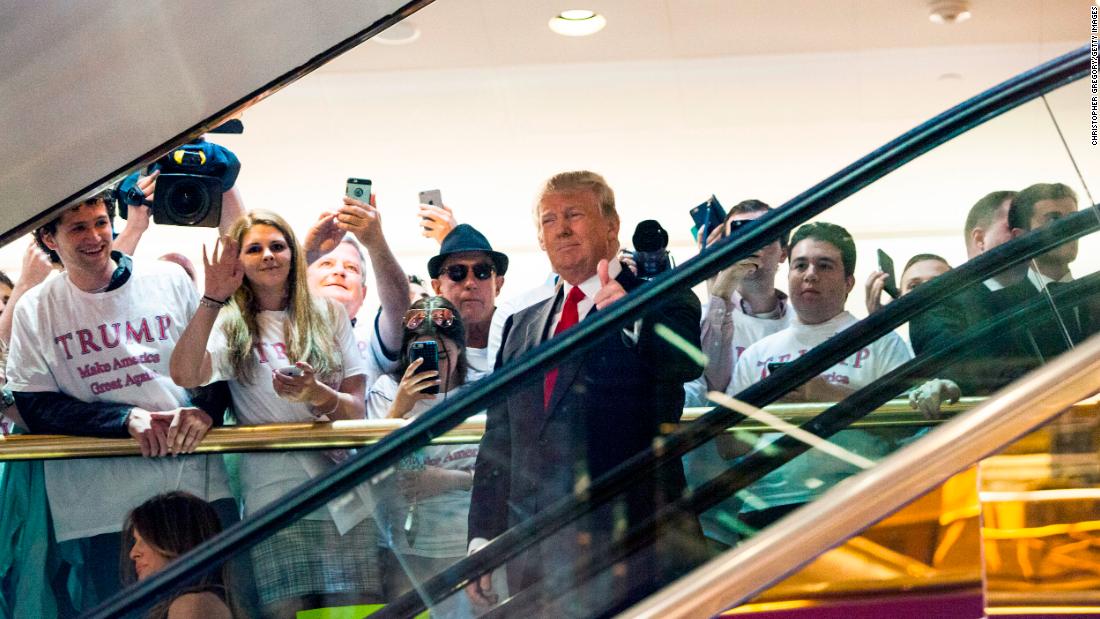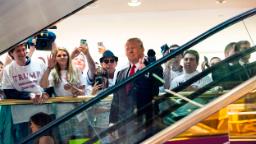

1) Donald Trump’s presidency began on January 20, 2017, with a contentious debate between his press operation and the reporters who cover the White House over how large a crowd had attended his inauguration. Trump forced then-White House press secretary Sean Spicer to go in front of reporters and assert it had been “the largest audience to ever witness an inauguration, period, both in person and around the globe.”
Those two episodes function as symbolic bookends of the Trump presidency. In a White House in which almost nothing was stable or predictable, the then-President’s utter obsession with not just drawing large crowds but also with ensuring that everyone knew he drew large crowds is a rare through line connecting the early days of the Trump White House to his final ones.
The examples are legion of Trump’s maniacal focus on proving to everyone just how many people had come to see him speak.
Recently, in a speech to a social conservative group, Trump compared the crowd he had drawn for a July Fourth speech to the one who came to see Martin Luther King Jr.’s “I have a dream” address.
“And Dr. King gave a speech and it was great. … They showed the picture and it was massive. … They said it was a million people. … Then I gave my speech and they showed the same thing. … Everything was identical. … I gave my speech. So his, they said 1 million people. My pictures were exactly the same, but the people were slightly closer together. They were more compact. … There were more people, they were tighter together if you look at it. … Dr. Martin Luther King had a million, and that’s fine. Donald Trump with more people, had 25,000.”
In the wake of a mass shooting in El Paso, Texas, in 2019, Trump traveled to the region to console the victims’ families. In a speech he gave from El Paso, he reminisced about another address he had given in the city a few months before.
“I was here three months ago,” Trump is seen telling a group of what appear to be first responders and other officials at University Medical Center in the video.
“That place was packed. … That was some crowd. And we had twice the number outside. And then you had this crazy Beto. Beto had like 400 people in a parking lot, they said his crowd was wonderful.”
There are more examples — so, so many more — but you get the idea: Trump has been fixated on his crowd sizes at every moment of his presidential campaign, his presidency and, now, his post-presidency.
Which raises a simple question: Why? As in, why does Trump care so much about crowds?
I’m no psychology major — I am, in fact, an English major — but the cause seems relatively straightforward.
Trump has spent a lifetime telling himself a story. And that story has a hero. And that hero is him. In Trump’s version of his life, he is the smartest, funniest, best-looking, most popular person on the planet.
Anything that threatens that delicately built self-image is, therefore, a major threat. Empty seats in an arena represent visual evidence that Trump may not, ultimately, be as great as he thinks he is. So he reacts viscerally to them.
The Point: If you need a single lens through which to look to understand why Trump is how he is — and does what he does — his obsession with crowd size is a pretty good one to choose.
